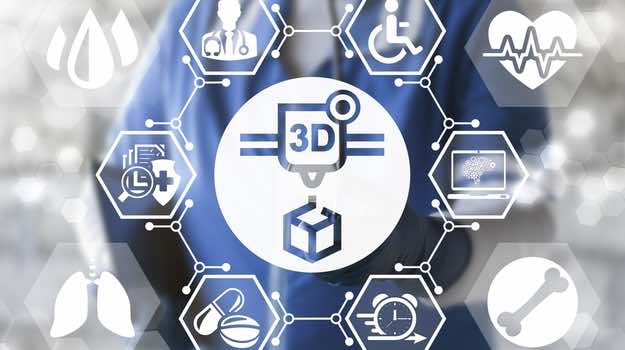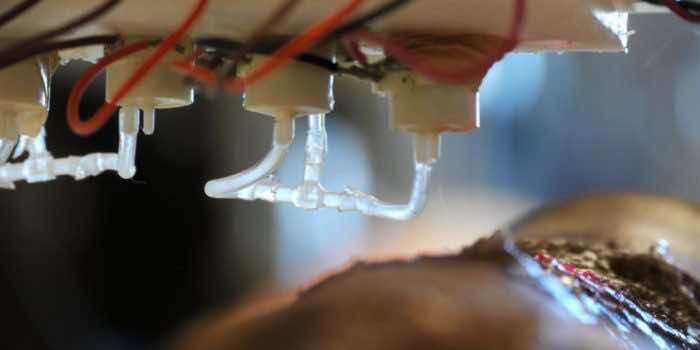Scientists have found a novel way of 3D-bioprinting skin using patients’ own cells to heal an open wound in a world’s first.
3D bio-printing works with cells like biological material. The technique has gained much popularity in medicine in recent times, given its promising applicability as the method cannot only print human skin but can also 3D bio-print human organs.

Scientists developed a 3D bio-printer with a unique feature in 2019; it was its mobility. The rare device helped to pace up the delivery of care and brought down the treatment costs at large.
“The unique aspect of this technology is the mobility of the system and the ability to provide on-site management of extensive wounds by scanning and measuring them to deposit the cells directly where they are needed to create skin,” stated Sean Murphy, assistant professor at Wake Forest Institute for Regenerative Medicine, also the lead author of the paper.
The device 3D-bio prints the human skin using the patient’s dermal fibroblasts and epidermal keratinocyte cells and mixes these with hydrogel. In the next step, it 3D bio prints bi-layered skin on the wounds providing a much faster route to healing.
Before this, the most common way of treating bigger wounds was skin grafting. However, it came with a set of complications. If 3D bioprinting goes as planned, it will provide a game-changing alternative for treating large wounds.
Adding to the lack of availability of skin harvesting, there is always a chance that donor grafts be rejected by the patient. The skin grafting gets done with a set of surgical procedures and these mostly conclude with scarring results.
“The technology has the potential to eliminate the need for painful skin grafts that cause further disfigurement for patients suffering from large wounds or burns,” stated WFIRM Director Anthony Atala, M.D., and a co-author of the paper.
The WFIRM bioprinter uses patients’ cells; resultingly, it best mimics the person’s own skin. Its initial testing sounds promising to provide an effective way to heal the skin.
“If you deliver the patient’s own cells, they do actively contribute to wound healing by organizing upfront to start the healing process much faster,” said James Yoo, M.D., Ph. D, also a senior member of the research team and co-author of the paper. “While there are other types of wound healing products available to treat wounds and help them close, those products don’t actually contribute directly to the creation of skin.”


